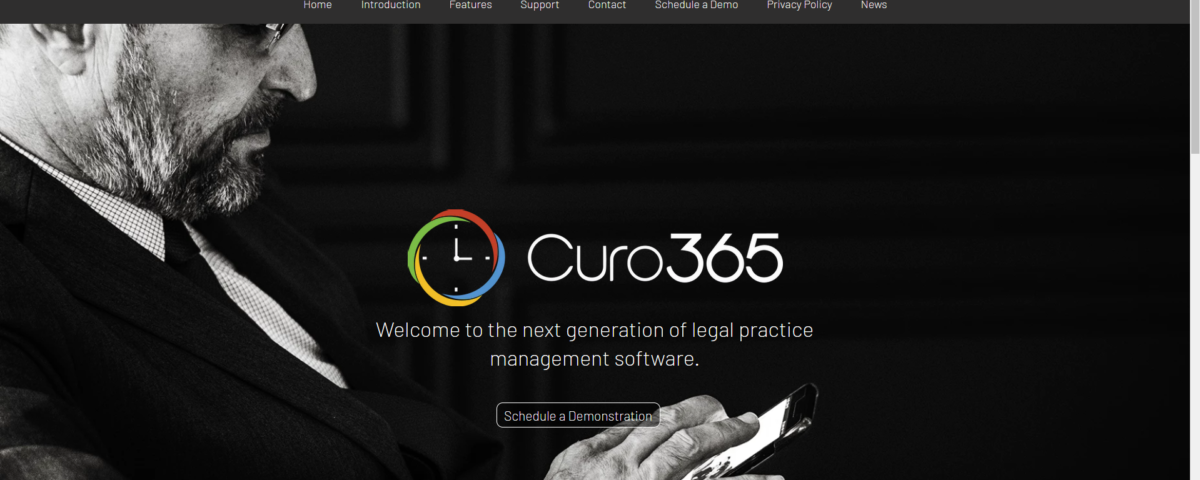
I need to know, have I gone mad? Am I alone in my dichotomy?
May 26, 2020
Struggling to Articulate your Cloud Value Proposition?
January 26, 2021Stop! Before you pick a name for your new
power app solution, think twice! What do your company and product names say to
prospects? Semiotics is an area of research which focuses on understanding how
we interpret and make sense of signs, including words, emoticons, images, icons,
and objects. In the context of culture, the same object or sign can have
different meanings: a thumbs-up in Canada means “good job”. In Australia,
Greece, or the Middle East it can mean “sit on this” or “up yours”. I’ve taken
a minute to analyze Dynamics 365 and NetSuite from a semiotic perspective to give
you an example. When creating new power apps or bringing new solutions to
market, choosing a name should be a deliberate and thoughtful decision-making
process.
Naming Your Extension, App, or Solution
Microsoft leverages the long-established brand recognition, equity, and value of its corporate name in its line of business applications: Microsoft Dynamics 365. When naming your own solutions that build upon or provide industry-specific versions of Dynamics 365 applications, you are not restricted to using the Microsoft brand name. Microsoft publishes Dynamics 365 license pricing, so if you want to differentiate your solutions and charge above this anchored price, it can be helpful to change the name. Would you pay $20 per user more for Legal Practice Management in the Cloud vs. Business Central if you were a law firm? Probably. Plus, the former appears to have more specific value and relevance to my business. I feel like I would be giving something up if I switched to another provider to save $20. You can still leverage the Microsoft brand equity and credibility by saying “Powered by Microsoft Dynamics 365 Business Central”. Here are three Microsoft partners who have branded their Dynamics 365 solutions to be more industry specific and customer relevant:

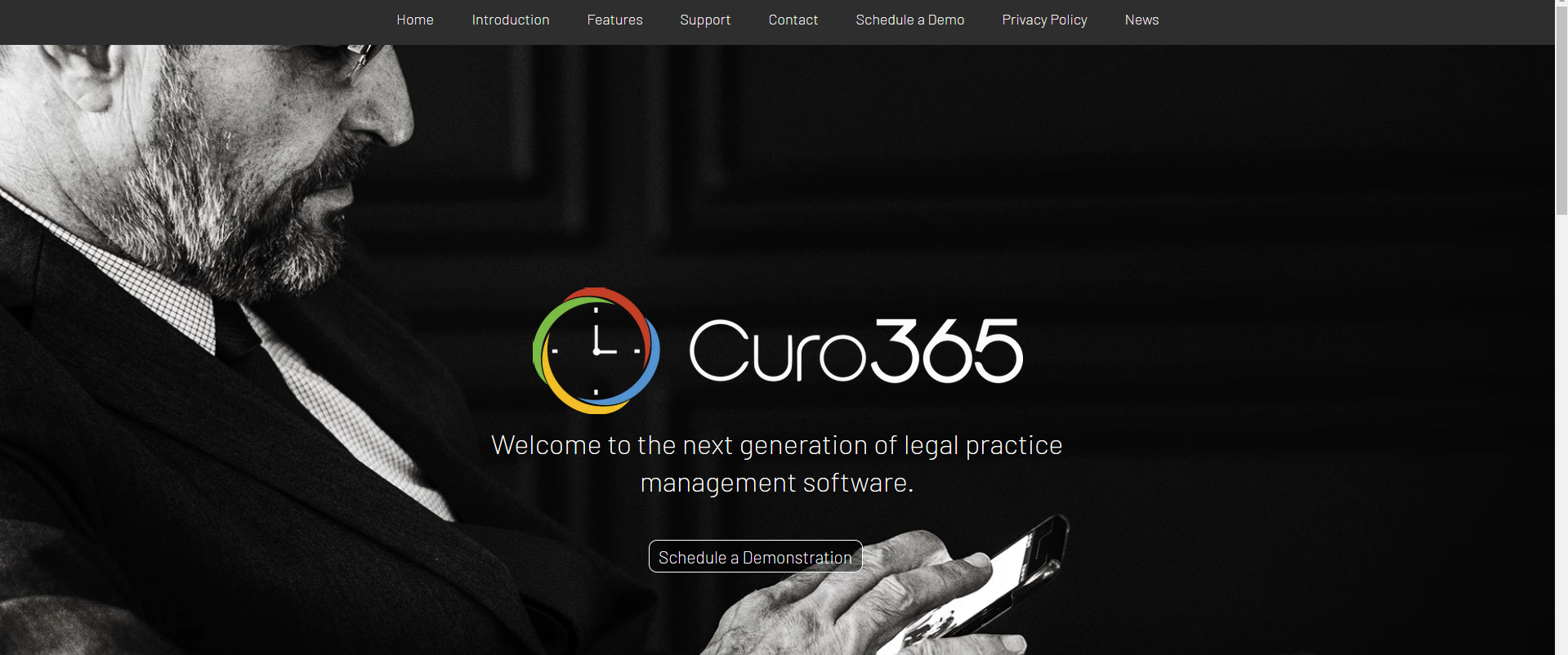

ERP solution based on Dynamics 365, for your food company (foodware365.com)
Leveraging your company name in your product has its pros and cons. It is less expensive than creating and establishing a new product brand, and the product immediately benefits from the established attributes associated with your company name.
Here is an example from Annata, an ISV in Iceland:
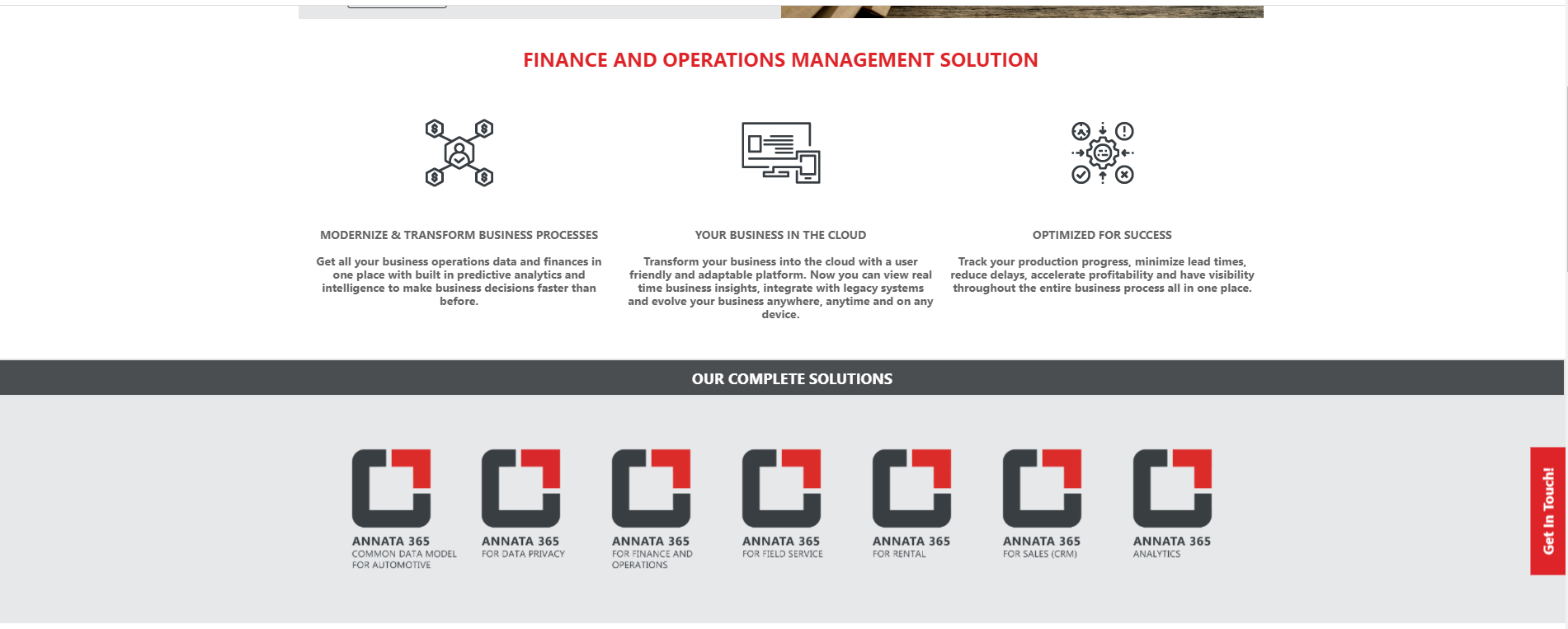

The challenge with leveraging your company name on your products is three fold. One, you risk negatively impacting and eroding your corporate brand if—for any reason—the product has challenges or gets a bad reputation, so you’d better get it right the first time. Second, as illustrated by LSRetail, if your corporate brand becomes associated with a particular market segment, it may be difficult to move into another segment of the market. LSRetail has a strong global brand position as a retail-based Dynamics solution provider but now has solutions for hospitality and other industries and has had to adapt their brand accordingly.
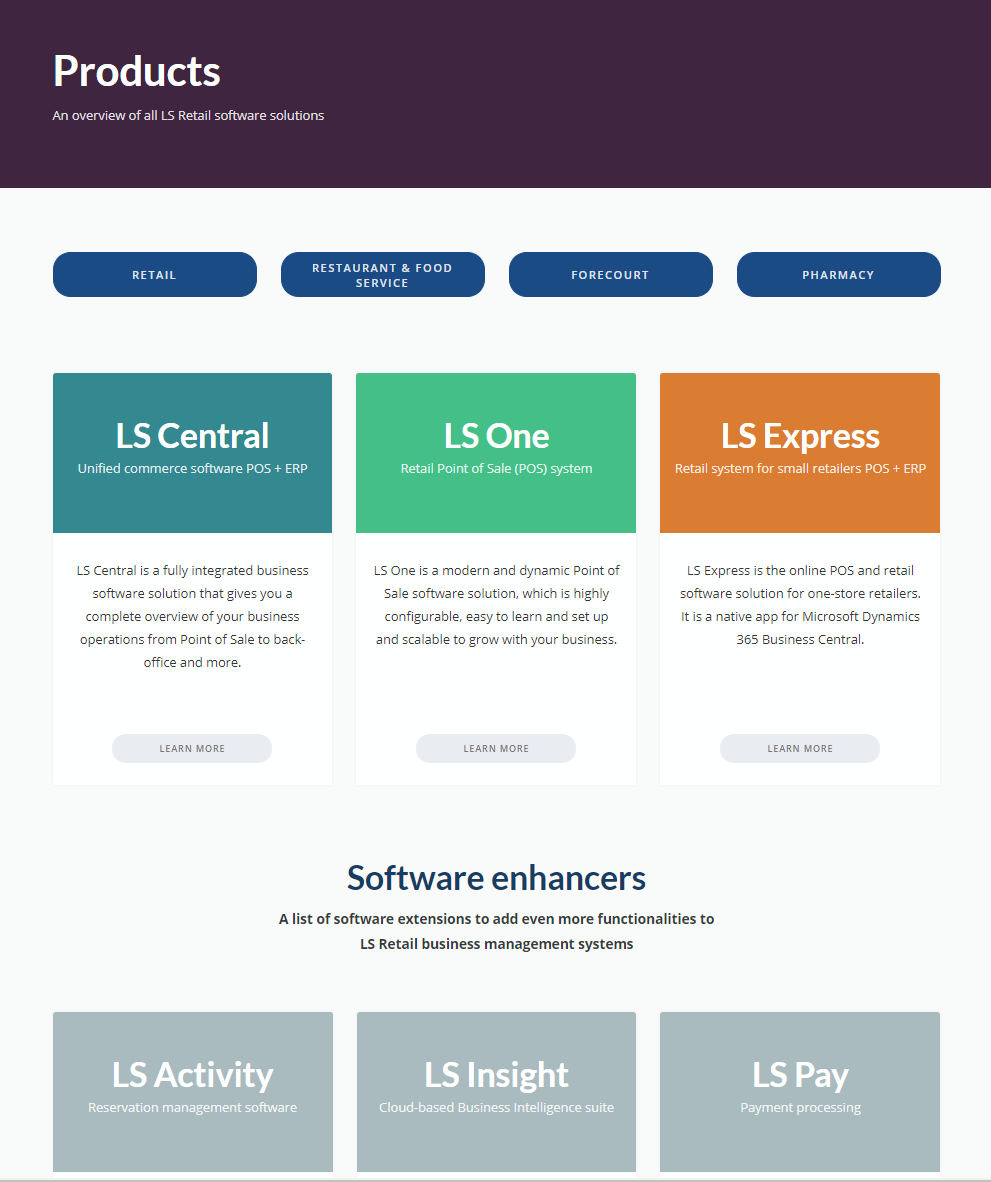
LS Retail products and software solutions for retail, hospitality, gas stations and pharmacies
Imagine the challenges of using the SAP or
Oracle brand name on a low-end, small business accounting solution, or of selling
Sage as an expensive, robust, enterprise-grade ERP solution to global companies.
Our brains resist this new positioning and struggle to let go of the
established brand characteristics we know.
Options When Choosing a Name
Bill Gates and Allen got their start developing MICROcomputers and MICROprocessors, and SOFTware was an established product category. Micro-soft is, therefore, a word blend. The word “dynamics” comes from physics and the branch of mechanics related to forces, motion, and equilibrium. In daily life we know it to represent a pattern or process of change, growth, and activity (Merriam-Webster, 2020). To me it means not staying the same, always evolving. “365” is a historic and symbolic representation of the solar, Peruvian, and Egyptian calendars. It metaphorically communicates that the software is available all day, every day, year-round to give the company a complete or “365” view of their business. In the Microsoft ecosystem, “365” alone is now common place and has become a metonym to mean Microsoft software products including Microsoft Office and the suite of Dynamics products.
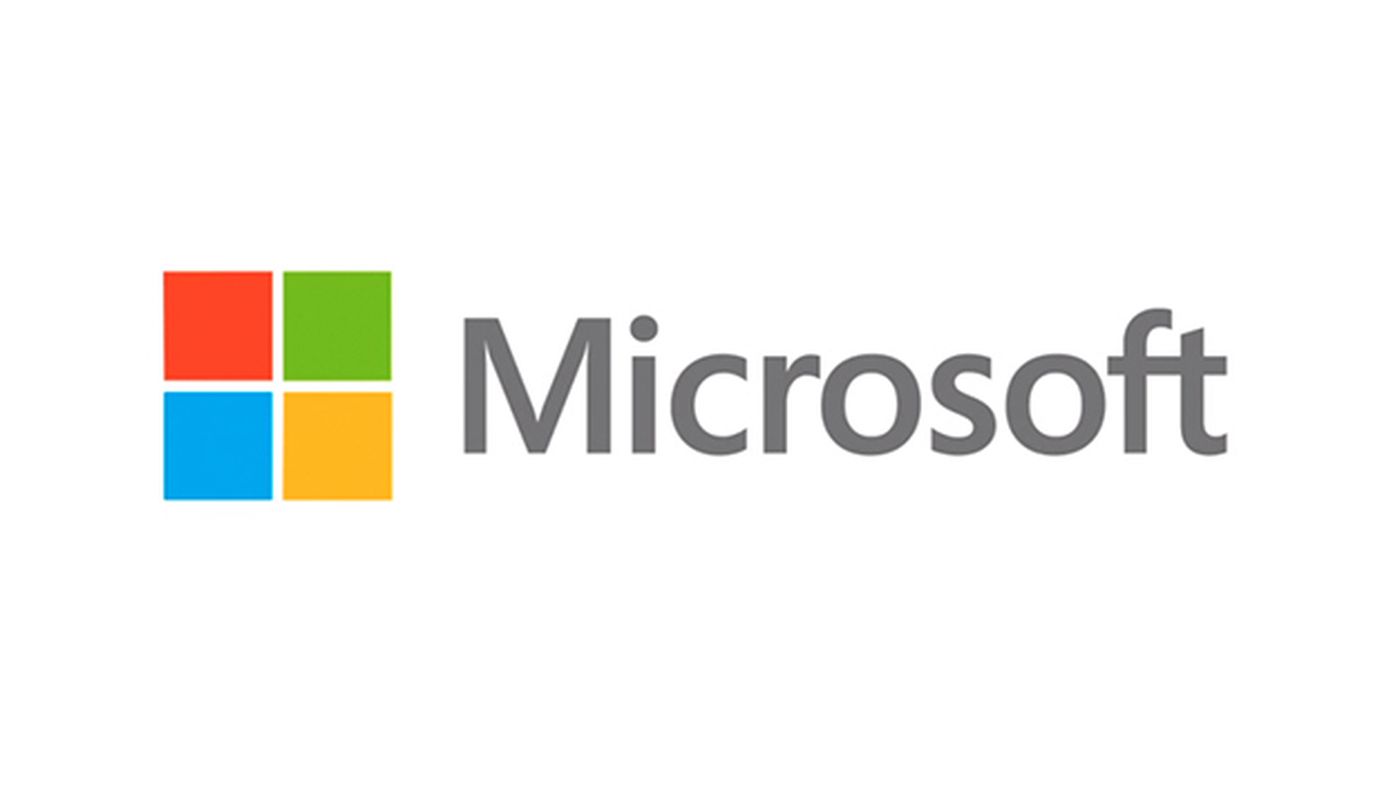
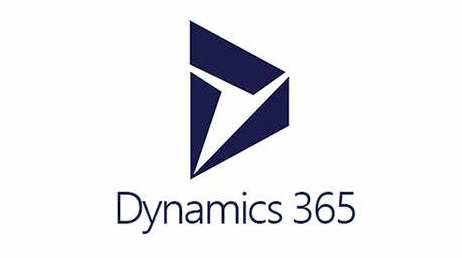
Consider the name “NetSuite”. One would assume “Net” is an abbreviation for the Internet, which became widely commercialized at the same time the company was founded in 1998. The word “Suite” refers to a set of computer programs designed to work together and sold as a single unit or “suite of solutions” (Merriam-Webster, 2020).

Options When Creating a Logo
Simply defined, a logo is a visual sign standing for the brand in some way. You have several options when choosing a name and a logo:
1. Words or letters: Example: NetSuite, Google

2. A portrait: Famous people or names, like Betty Crocker or McDonald’s
3. Description: Trys to articulate the value proposition or what the product is through text or a visual representation (logo) such as a light bulb, for example: Neural Impact, or Save on Foods.

4. Suggestion: Often a metaphor to explain what the product does or qualities it has, like Jaguar car = fast, Agiles = agile, or Amazon
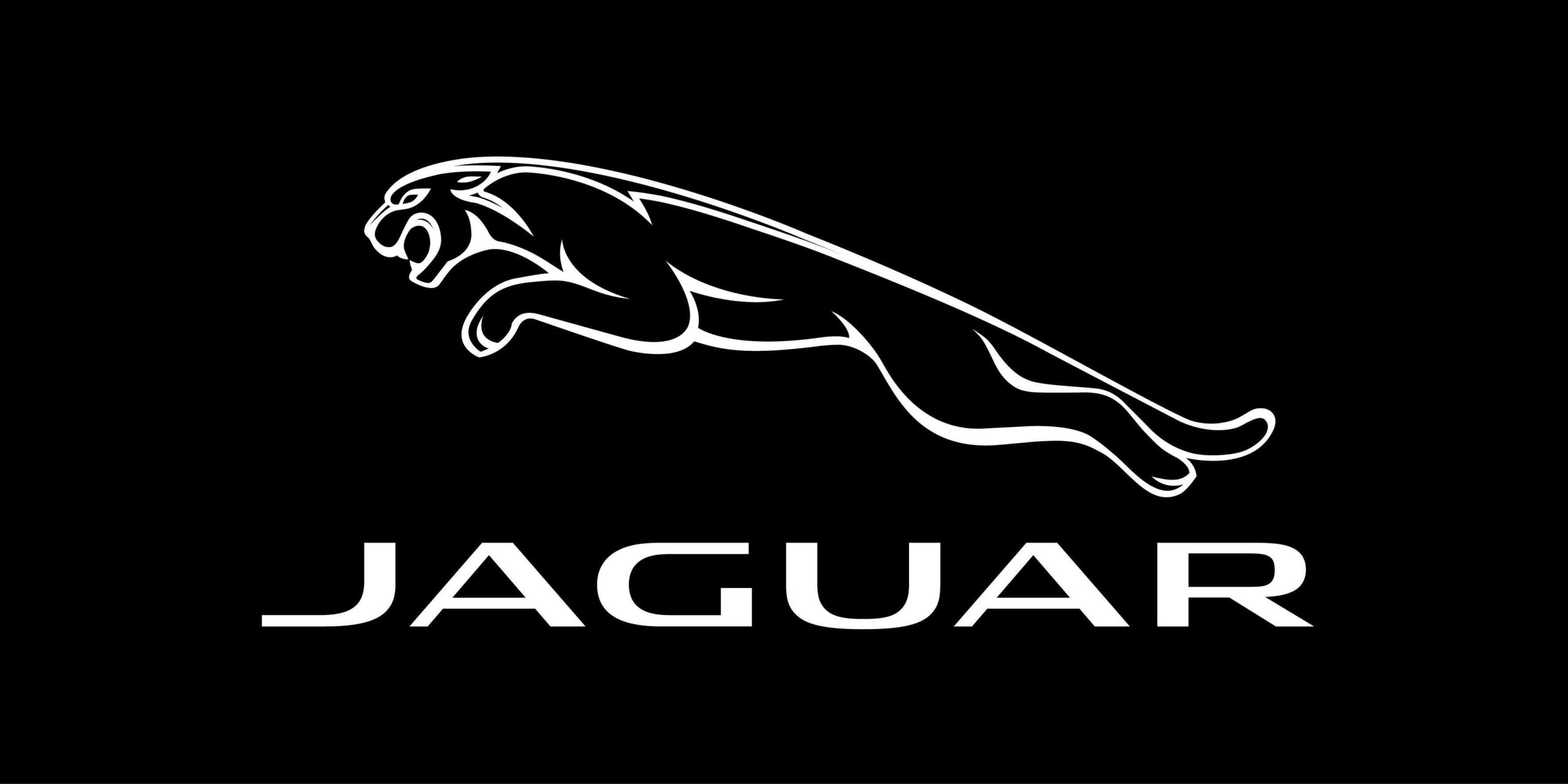
5. Symbol: These leverage our existing understanding of the word or object and trigger the pre-existing emotion or meaning with that word or symbol, like Apple = essential, simple, classroom, Adam & Eve

6. Alpha-numeric: iPhone, Dynamics 365

7. Geometric: Circles and shapes from nature

8. Abbreviations and acronyms: Letters that stand for a longer name, like IBM (International Business Machines). FYI, I do NOT recommend this approach; the high-tech industry defaults and overuses acronyms! OMG – IOT, AI, EDI, CRM, ERP, SaaS, POS, POS—enough already!
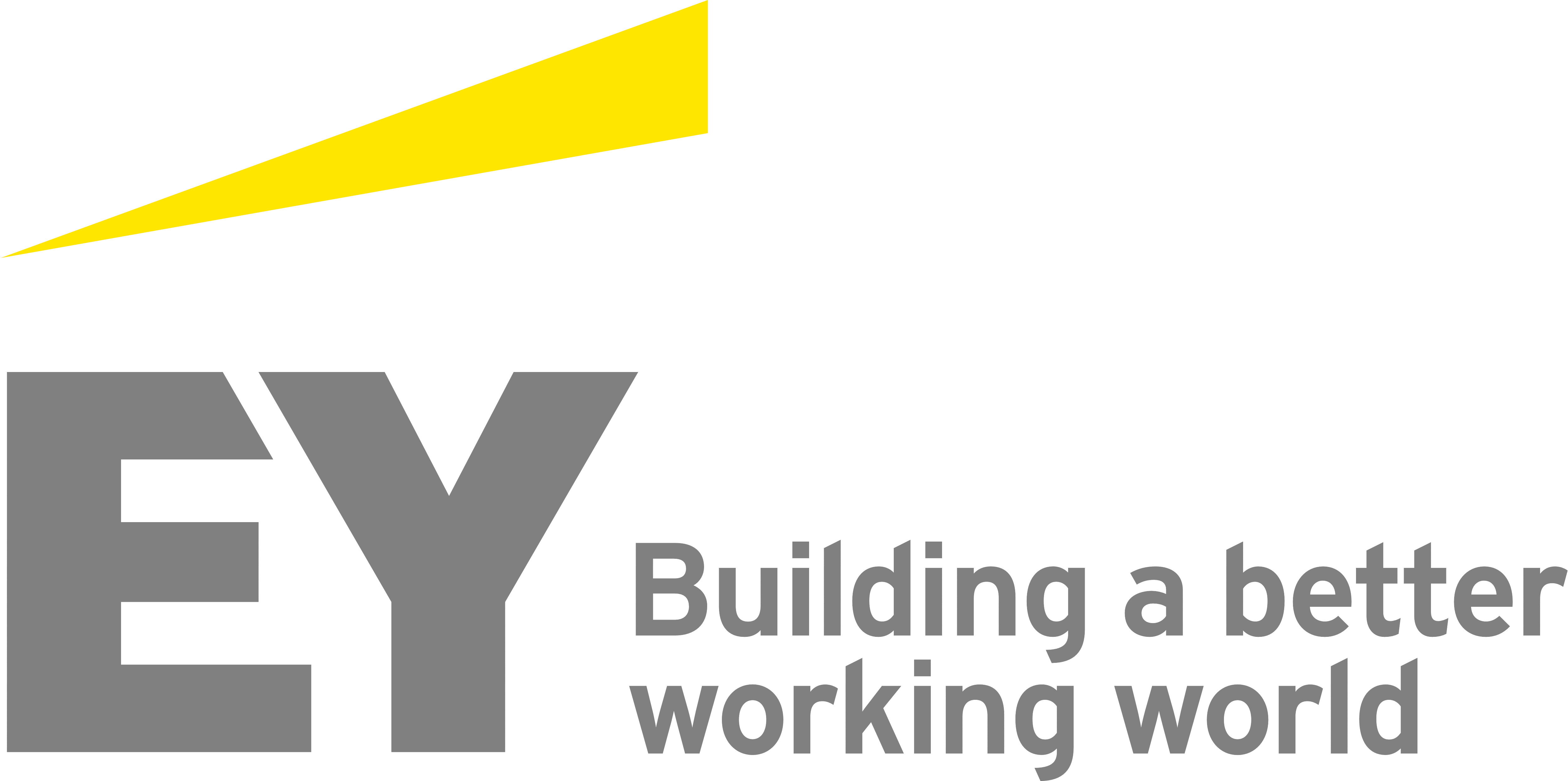
Fonts, Logo Design, and Color
When we analyze the Dynamics 365 logo and NetSuite product logos, both are heavily text based with thin font style choices. Neither logo includes an iconic representation of the product or any visual element, compared to SAP or IBM. The fonts signify simplicity, geometrical balance, and approachability. The font is minimalistic, making it easy to read, follow, and understand.
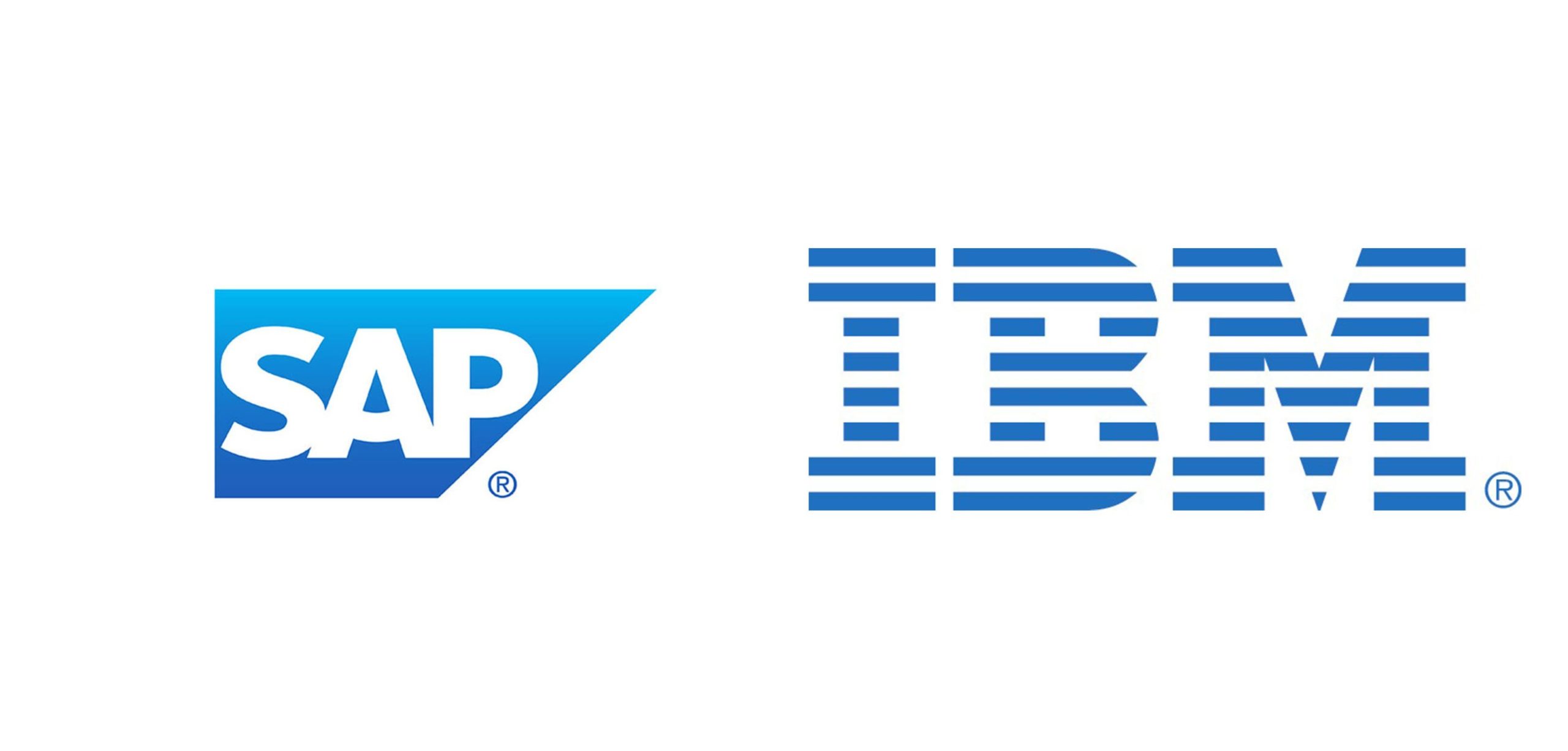
Microsoft leverages the color blue—a cool,
objective, and a calm color representing trust, honesty, loyalty, and
responsibility. Competitors like IBM and SAP also leverage blue, giving it a
safe corporate feel. Also, IBM and SAP are both letter acronym logos. The
NetSuite logo is simply black. Black symbolizes power and control, hanging on
to information and things rather than giving out to others. Black is
intimidating and triggers feelings of darkness.
So take your time putting thought into your naming selection and make sure to deliberately communicate what you intend.
Regards, Sharka
Chief Transformation Officer,
Neural Impact
